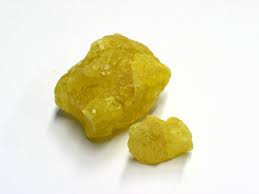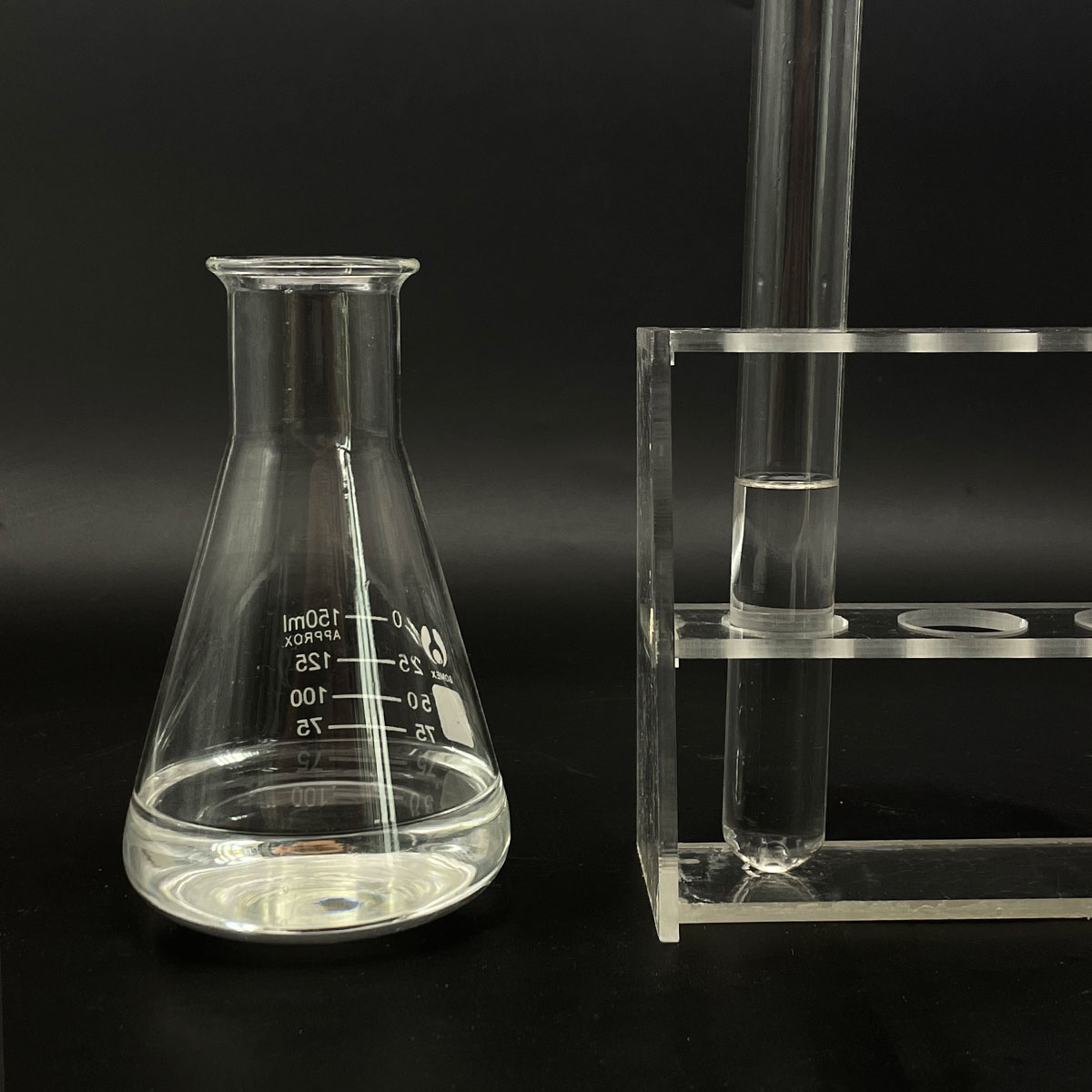**The Magic Ingredients That Supercharge Your Weed Killer**
(What Can Be Used As A Surfactant In Herbicides)
Weeds are tough. Getting rid of them often feels like a never-ending battle. Herbicides help, but sometimes they just don’t stick around long enough to do the job. That’s where surfactants come in. These unsung heroes are like the secret sauce in your weed-killing recipe. They help herbicides cling to leaves, soak into plants, and pack a stronger punch. But what exactly can you use as a surfactant? Let’s dig into the everyday (and not-so-everyday) options that turn basic herbicides into weed-slaying machines.
First off, let’s talk soap. Yes, regular dish soap. It’s cheap, easy to find, and works surprisingly well. Soap breaks surface tension, letting herbicide droplets spread evenly instead of beading up. This means more of the chemical stays on the plant. A few drops of soap in your spray mix can make a big difference. But don’t go overboard. Too much soap can damage plants or reduce herbicide effectiveness.
Then there’s alcohol ethoxylates. These sound fancy, but they’re just lab-made molecules that act like super-powered soap. They’re common in commercial herbicides because they’re stable, mix well with chemicals, and boost penetration. Farmers and pros often pick these for heavy-duty jobs. They’re not something you’ll find in your kitchen, but they’re worth knowing about if you’re dealing with stubborn weeds.
Crop oils are another option. These are usually made from plants like soybeans or corn. They smother weeds by coating leaves, blocking sunlight and air. At the same time, they help herbicides sink deeper into the plant. Crop oils are popular in agriculture because they’re natural and biodegradable. Plus, they’re easy to mix with other ingredients.
Ever heard of silicone-based surfactants? These are the high-tech choice. They create a thin, even film on leaves, letting herbicides spread further and stick better. Silicone surfactants work well in hot or dry conditions where other additives might fail. They’re pricier, though, so they’re mostly used in professional settings or for serious weed problems.
Vinegar might surprise you. While it’s not a classic surfactant, adding a bit of vinegar to homemade herbicide mixes can improve sticking power. The acidity weakens plant surfaces, making it easier for the herbicide to penetrate. It’s a quick fix for small jobs, like patios or garden edges. Just remember vinegar alone won’t kill deep-rooted weeds—it’s best paired with other ingredients.
Now, how do these additives actually work? Plants have waxy layers on their leaves, like a raincoat. Herbicides often slide right off. Surfactants dissolve this wax, creating tiny cracks for the chemicals to sneak through. Once inside, the herbicide disrupts growth processes, killing the weed from the inside out. Without surfactants, much of the herbicide would wash away or sit uselessly on the surface.
Choosing the right surfactant depends on your needs. Soap and vinegar are great for casual gardeners. Alcohol ethoxylates or crop oils suit larger-scale operations. Silicon-based options are ideal for tricky conditions. Always check if the surfactant works with your herbicide—some combos can clog sprayers or reduce effectiveness.
Environmental impact matters too. Natural options like soap or crop oils break down faster, reducing harm to soil and water. Synthetic surfactants might linger longer but often deliver stronger results. Balance your goals—whether it’s eco-friendliness or maximum weed destruction—when picking your additive.
Mixing surfactants isn’t complicated. Most recipes call for a small amount, usually 1-2 teaspoons per gallon of herbicide. Follow instructions carefully. Too little won’t help; too much might backfire. Test a small area first to avoid damaging plants you want to keep.
(What Can Be Used As A Surfactant In Herbicides)
Surfactants might not get the spotlight, but they’re the behind-the-scenes stars of effective weed control. From kitchen staples to lab-made solutions, these ingredients ensure herbicides hit harder and last longer. Next time weeds invade, remember: the right surfactant could be the game-changer you need.
Inquiry us
if you want to want to know more, please feel free to contact us. (nanotrun@yahoo.com)




